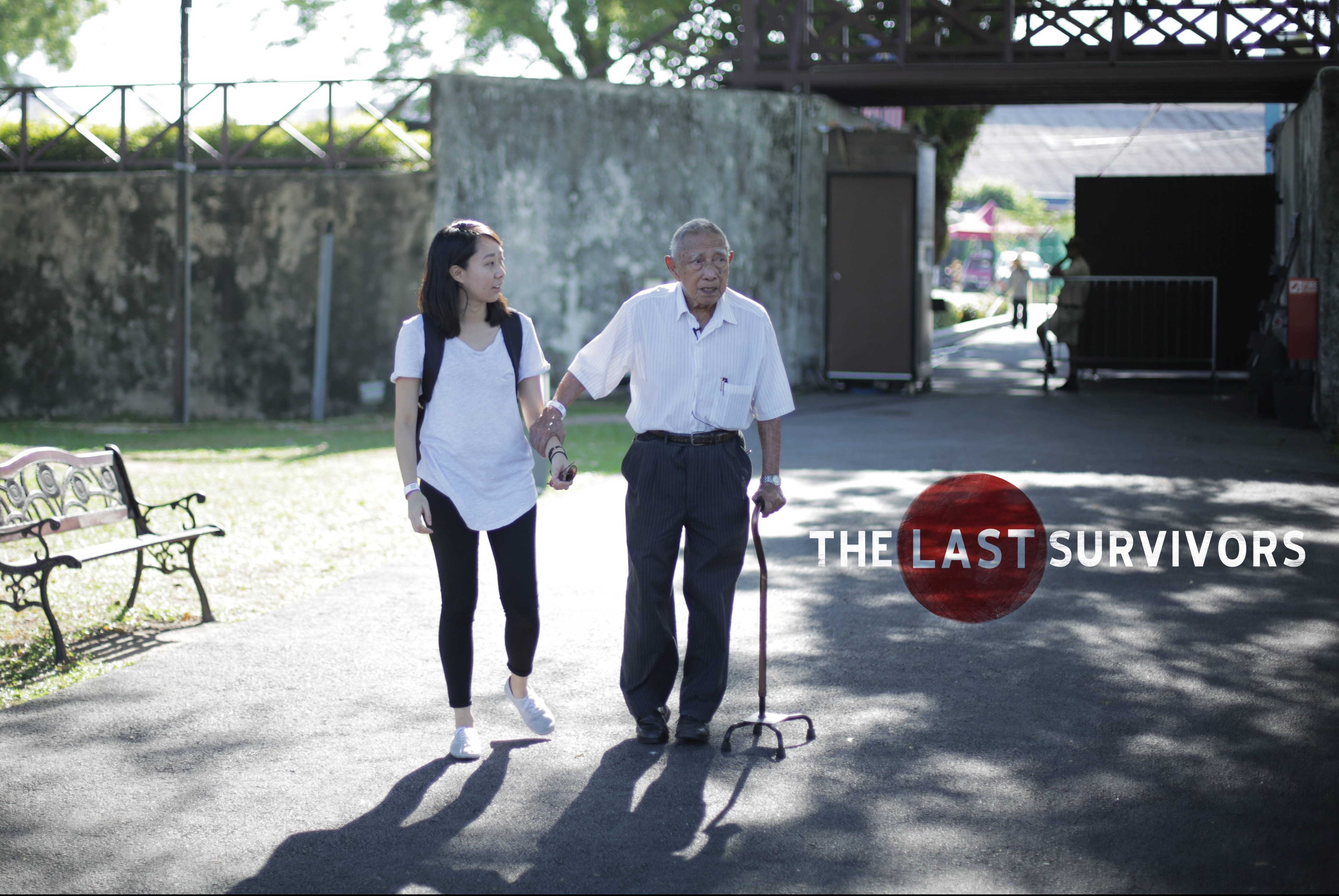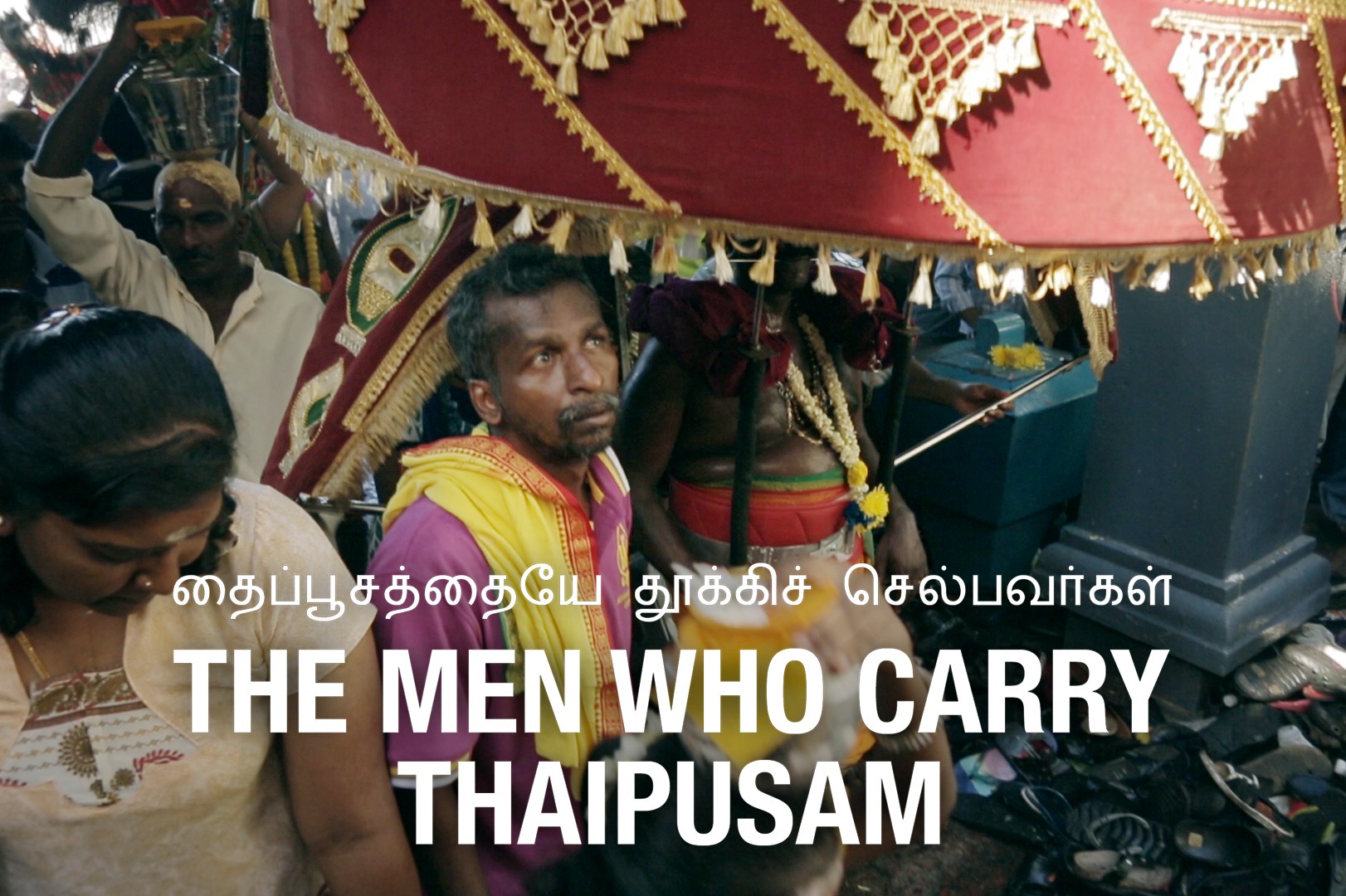WONG Siong Loong, 25, trains as a lion dancer at night, which most people would already find pretty cool. But just wait ‘til you hear about his day job…
Wong is a full-time lion head maker. That’s right, he builds those amazing costumes used by lion dancers, using time-honoured practices he has picked up over the past ten years.
He works at the Wan Seng Hang (WSH) workshop under Master Siow Ho Phiew, a highly respected lion head maker who took Wong in as an apprentice.
It all started a decade ago when Master Siow offered to sponsor his lion dance troupe, which was going through a tough time financially. That’s when Wong first met Master Siow, and found out what it was like being a lion head maker.
But Master Siow isn’t just any lion head maker – he’s one of the best.
“I’m very proud to be working with Master Siow,” said Wong. “He’s a very serious teacher, but he’s very generous with his knowledge, and he tries to teach us to be better people as well.”
Share the video on Facebook!
WSH has been in business since 1986, and its lion heads are exported throughout the world.
“We usually cater for lion dance troupes, but there are also people who collect them,” said Wong.
The busiest time for lion head makers is the month before Chinese New Year, said Wong. “It’s when lion dance troupes look for new lion heads for their performances, and people come in to buy them as gifts.”
Making a lion head involves many steps, and it takes around seven days to finish one from scratch.
The first step is building the frame, which is made from bamboo and rattan. Bamboo paper is then plastered over the frame to create the “walls” of the structure.
After that, the eyes and ears are rigged so the lion dancer can move them. Finally, the head is painted, lacquered and embellished with fur.
At WSH, the team works as an assembly line, with each member handling a specific task.
“We all know how to do every step, but it’s faster when we work as a team,” said Wong.
The lion heads at WSH cost over RM2,000. According to Wong, performers can use their lion heads for up to two years, while some imported ones can break within days, leaving dangerous splinters.

Wong has been making lion heads for the last ten years, and foresees the industry continuing for a long time yet. “Without lion heads, there will be no lion dance,” he said. “This industry won’t die.”
Wong believes that being a lion dancer makes him a better lion head maker, as he understands the needs of the perfomers much better.
But as a lion dancer, he admits not many of his fellow performers know much about how the costumes are made.
“Most of my friends find the process very interesting at first.
“But once that initial excitement wears off, they quickly lose interest because it is an art that can be very repetitive.”
Still, Wong isn’t worried that this art will die out.
“There’s a reason why it has been around for thousands of years,” he said. “It’s an art that has to be done by hand – no machine will ever be able to do what we do.”
Find out more about Malaysian lion dance in Young Lions, a R.AGE original series on Malaysia’s top young lion dance performers.
Watch the Young Lions series






Tell us what you think!